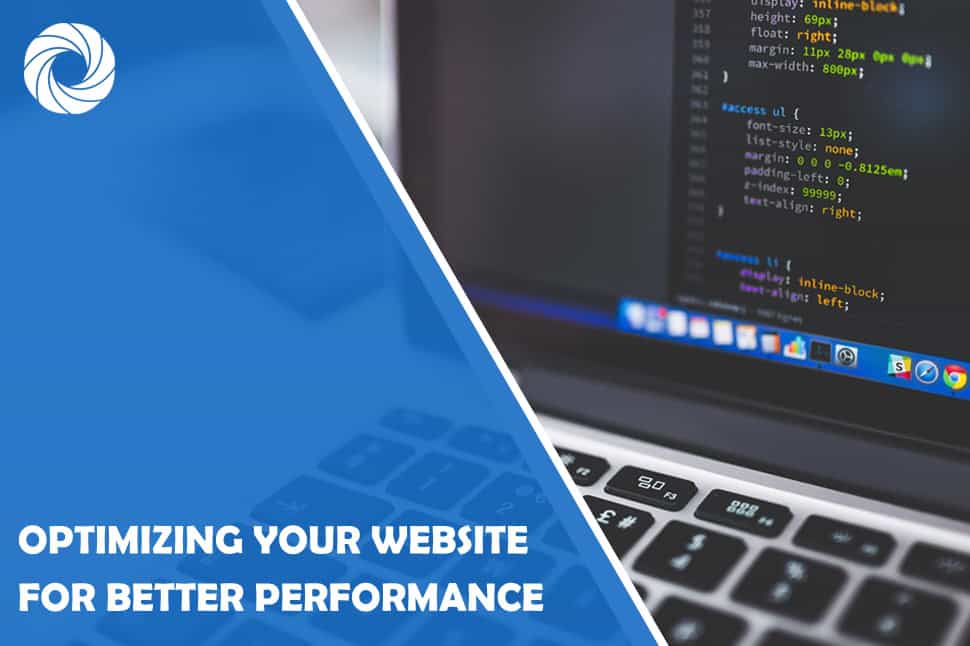Today's digital environment requires websites to focus on optimizing their speed for maximum visitor retention and an optimal user experience. A website that is well optimized increases user satisfaction and overall functionality in addition to responsiveness and loading speeds.
This blog article will go over important techniques for optimizing your website, covering everything from sophisticated performance monitoring to online presence setup.
Set Up Your Online Presence
Establishing an impressive web presence is the foundation for building a high-performing website. This involves selecting a dependable hosting company, selecting a domain name and configuring its fundamental components.
Choosing the Right Domain Name
Your domain name is an essential element of your online identity and brand recognition; more than simply being an address. Choose one that's memorable, relevant to your company and easy for customers to spell. Additionally, consider the following tips:
- Keep it short and simple: Domain names that are brief and straightforward are simpler to type. They can also be remembered more easily.
- Add keywords: In order to boost search engine optimization (SEO), include pertinent keywords.
- Avoid hyphens and numbers: Steer clear of hyphens and numbers as they might cause confusion and mistakes.
You can locate providers that offer cheap domain registration without sacrificing quality. You can register a domain name that meets your demands and get the best deal by researching several registrars and comparing their offerings.
Optimize Website Speed
Speed is one of the key determinants of both search engine rankings and user experience on websites, affecting bounce rate and visibility in search results.
Since huge picture files can seriously slow down your website, it is imperative that you compress your photos. Your website will load faster if you use image compression techniques to lower file sizes without sacrificing image quality.
Visitors can save specific components of your website on their devices by turning on browser caching. This implies that these elements won't need to be reloaded when people visit your website again, which will result in quicker load speeds. Minifying CSS and JavaScript entails clearing these files of superfluous characters, spaces, and comments. By reducing their size, this technique can speed up the download and processing of the files, leading to noticeable improvements in loading times.
Investing in a content delivery network (CDN) is another useful tactic. CDNs allow for the content on your website to be distributed among multiple servers in various geographical locations, reducing load times and improving overall site performance.
Improve Mobile Responsiveness
A mobile-friendly website will ensure that all users have a good experience. A responsive design is an interface that can adapt to different screen sizes or devices. To enhance mobile responsiveness:
- Utilize responsive design: Ensure your website works and appears great across devices by employing responsive web design approaches.
- Test across devices: In order to discover and address any potential problems on multiple devices and screen sizes, regularly test your website across devices.
- Optimize touch elements: Make sure that links and buttons on mobile devices are easy for people to tap.
Improve User Experience (UX)
Increasing visitor retention and return visits requires improving the user experience. In fact, 88% of users are less likely to return to a website with a bad UX.
Make sure your website's navigation system is user-friendly so visitors can locate what they need without becoming confused or frustrated. Enhancing readable content is an additional crucial element. Make your information easy to read with contrasting colors, proper font sizes, and clear fonts.
Including eye-catching calls-to-action (CTAs) helps persuade visitors to take specific actions. To encourage more interaction between visitors and your information or services, make your CTA stand out with its prominence and visual appeal.
Monitor and Analyze Performance
Regularly Update and Maintain Your Website
Keep your website up to date and maintained for best outcomes. Frequent updates guarantee that your website is safe and operates properly. Consider the following maintenance practices:
- Update your plugins and software: Ensure your content management system (CMS), themes, plugins and updates are up-to-date to protect against security vulnerabilities or incompatibilities with existing code on your website.
- Make a site backup: To protect any valuable information should anything arise that requires restoration on your website in the event of an emergency situation, create regular backup.
- Resolve broken links: Be wary of broken links and make updates regularly in order to provide a smooth user experience.
Final Thoughts
Applying these strategies will enable you to significantly enhance the functionality of your website, offering visitors a superior user experience and strengthening your online presence overall. By regularly reviewing and optimizing it, your site can continue meeting changing audience needs while remaining competitive in the digital space.
